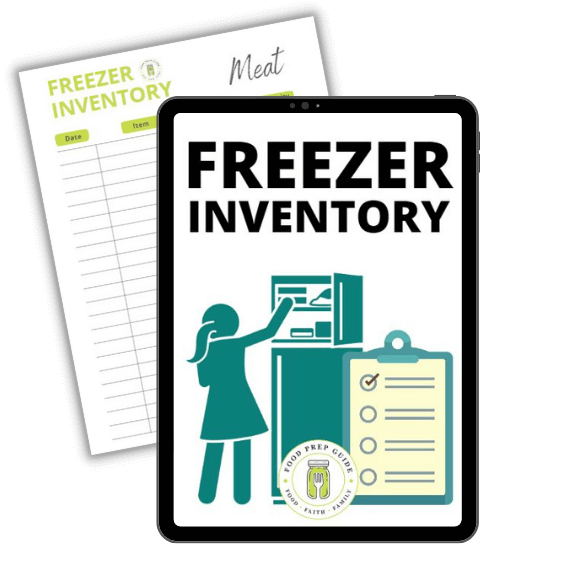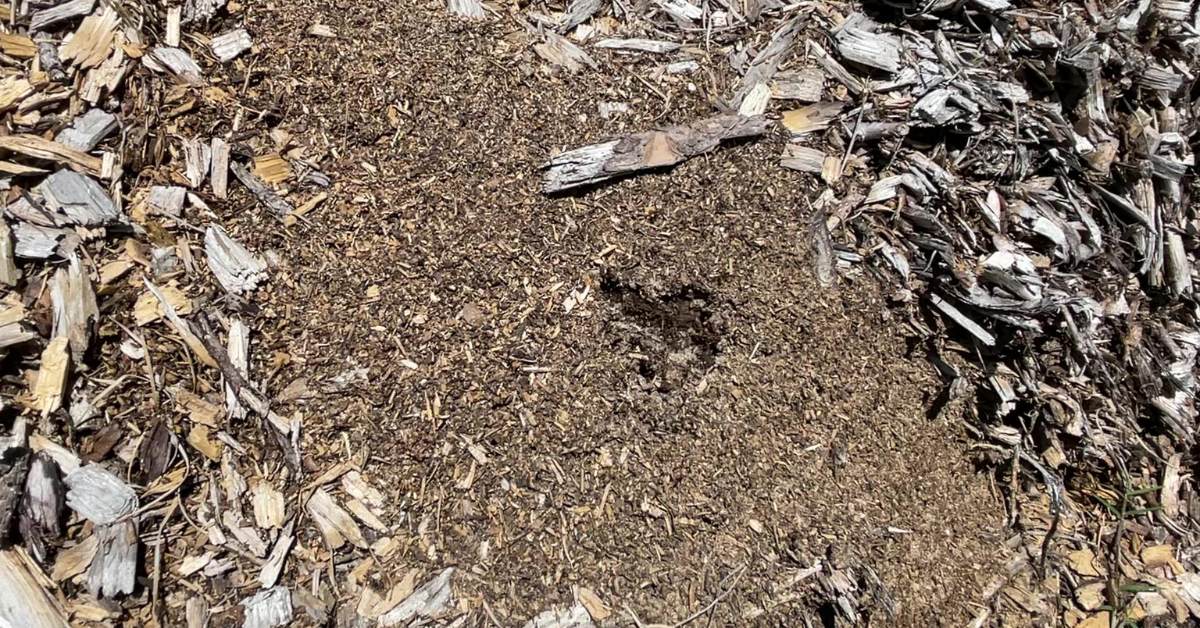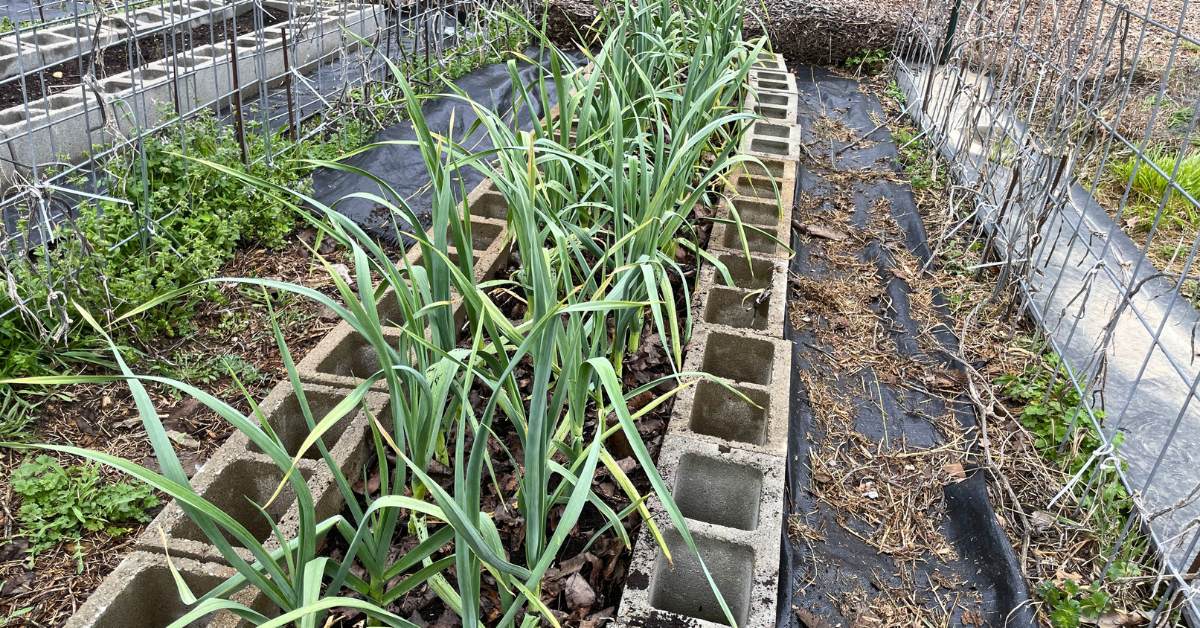Wondering if parsnips freeze well? I’m here to assure you that this root vegetable is a fabulous candidate for freezing.
As long as you’re planning to cook them in some form later on, parsnips will not disappoint you with unpalatable texture or taste changes from freezing.
Of course, that’s assuming you’ve frozen these sweet and tasty (but surprisingly humble) little veggies correctly.
If you’re not sure how to freeze parsnips properly, we’ve laid out the prepping and freezing processes step-by-step below, along with plenty of tips for the best results.
How to Freeze Parsnips Step by Step
While it’s possible to preserve parsnips for winter by storing them in a root cellar or other cool, dry spot, you’ll be able to control the environment better and keep them longer in the freezer.
If you do decide to freeze parsnips, you’ll get the best results by freezing fresh parsnips instead of those that have been hanging around for awhile on the counter or in the fridge.
The fresher, the better.
Follow the steps below to ensure your parsnips last as long as possible in the freezer—and maintain their firm, non-spongy texture!
Equipment Needed
First, gather the equipment you’ll need to get your parsnips ready and into the freezer:
- Knife
- Vegetable peeler (optional)
- Vegetable brush
- Large pot of water
- Basket or large slotted spoon
- Colander (optional)
- Sink or big bowl full of cool water
- Sink or big bowl full of ice water (later)
- Paper towels or drying cloths
- Parchment paper or baking mat (optional)
- Flat baking pan (optional)
- Tissue paper (optional)
- Quality freezer containers (bags or hard-sided)
Preparing Parsnips for Freezing
- Begin preparing your parsnips for the freezer by soaking them in cold water for at least an hour.
- Once you’re ready to freeze, put a large pot of water on to boil for blanching.
- After they’ve been soaked, scrub the parsnips clean, and brush away excess root fibers with a vegetable brush under running water.
- If you prefer your parsnips peeled, do this now. While the skin contains a lot of nutrition, many people don’t like the outer layers of parsnips. It can be somewhat tough. If you choose to peel, however, peel only a thin layer away.
- Remove the root tips and tops (heads) and any bad spots.
- For larger parsnips, check the core to see if it’s too woody or fibrous to eat. If so, remove it as well.
- Chop your parsnips into pieces.
Blanching Parsnips
If you’re not sure how to blanch parsnips, follow these steps:
- Prepare a bowl or sink full of ice water.
- Once your pot of water (from the instructions above) is boiling, place the parsnip chunks into a basket and lower it into the water. You can add them directly (without a basket) if preferred.
- Allow the chunks to boil for 1-2 minutes, and remove them with a slotted spoon (or with the basket) into an ice water bath.
- Once they’ve cooled a bit, scoop the parsnip chunks into a colander to drain.
- Next, lay out paper towels or a drying cloth and transfer the chunks to dry thoroughly.
Instructions for Freezing
Once they’re completely dry, you can begin freezing the parsnip chunks.
Depending on your freezer space and/or patience level, decide if you wish to flash freeze.
I recommend this method over freezing in clumps so that you can portion them out easier and thaw more quickly.
- To flash freeze the vegetable chunks, space them out on a large, flat pan, preferably lined with parchment paper or a silicone mat.
- Put them in the freezer for 2-3 hours until they’re frozen solid.
- Transfer to an appropriate freezer container. Thick zipper bags or hard-sided freezer containers will both work to preserve parsnips long term in the freezer.
If your freezer doesn’t have space for a pan to lie flat—or you just don’t care whether your parsnips freeze in a clump—you can skip laying them out.
In this case, after they’re dry, just transfer them directly into freezer containers and place in the freezer.
Ensure the bags are airtight. If using hard-sided containers, laying a piece of tissue paper over the chunks will help keep air out.
Note: You can’t remove excess air from rigid containers as easily as with a bag.
Label the bags, and rotate your stock to keep from wasting parsnips that stick around in the freezer too long.
They should last at least 9 months and possibly up to a year in the freezer if prepared properly and left undisturbed at roughly 30.4 degrees Fahrenheit.
Can You Freeze Parsnips Without Blanching?
Blanching is a relatively easy step, but some may want to skip it because it adds a bit of time and trouble.
If at all possible, though, do not skip the blanching step when it comes to freezing parsnips.
When you blanch parsnips, it halts an enzyme process which can continue breaking down the fibers post-freezing. That means parsnips blanched before freezing will last much longer.
Unblanched parsnips may only last as few as 2-3 months in the freezer.
As a bonus, blanched parsnips also maintain a firmer texture and deeper flavor than unblanched.
Although blanching is preferred, if you’ve run out of time and plan to use the frozen parsnips quickly and/or in pureed form, then unblanched will suffice.
Tips for Defrosting Parsnips Before Cooking
If you’re planning to use your parsnips in the slow cooker or soups, there’s no need whatsoever to defrost first.
Just add them to the pot, and they’ll be fine right out of the freezer.
You can also roast parsnips that haven’t been defrosted—simply add more time to the roasting process.
This is when the flash-freezing process we talked about before really comes in handy, since it’s very simple to dump flash-frozen parsnips out of their container and directly onto the roasting sheet.
If you do need to defrost the parsnips—either because you’ll be cooking them another way or you froze them in a bag without flash freezing first—empty them into a bowl in the fridge and leave to thaw for several hours. Overnight is preferred.
How to Cook with Frozen Parsnips
Cooking with frozen parsnips is simple. As we mentioned above, it’s even fine in some dishes if you wish to cook parsnips from frozen with no intermediary thawing step.
Cooking with frozen works even better if you follow these tips for using parsnips.
- Be sure your parsnips are completely dry before freezing.
- Freeze larger chunks to keep a firmer texture.
- Separate not-yet-frozen bags in the freezer until the contents are frozen solid so they’ll freeze quicker and more evenly.
- If roasting parsnips while still frozen, spread them out on the baking pan to keep them from growing soggy during the cooking process.
- Do not use frozen parsnips in dishes where the parsnips aren’t getting cooked, such as in a salad. Trust me, they will disappoint you.
- If you’re freezing leftover cooked parsnips, be sure the dish doesn’t contain dairy, because it will separate, and the parsnips will feel grainy.
- If you’re cooking parsnips to freeze directly (rather than as leftovers), cook short of the recommended time so they don’t end up overcooked later.
FAQS
Can parsnips be frozen raw?
As described in our step-by-step freezing instructions above, parsnips can indeed be frozen raw. Even when blanching, they are still considered raw.
However, once parsnips have been frozen, we don’t recommend eating them raw. They will be soggy or mushy if left uncooked after thawing.
Can you roast parsnips then freeze them?
It’s fine to freeze roasted parsnips. Parsnips are the perfect vegetable for this method.
However, you must be absolutely sure they’ve cooled completely before transferring them to the freezer bag or container.
Otherwise, the steam will cling to the sides of the container, and the moisture will cause texture changes and possibly freezer burn in the freezer.
If you’re purposely roasting parsnips to put directly into the freezer, cut the roasting time by about 5 minutes. This will keep the reheated parsnips from overcooking.
Also be sure to reheat them using dry heat methods, such as the oven or grill, only. Don’t use the microwave, or your roasted parsnip chunks will get really soggy.
How long will frozen parsnips last?
If prepared properly (blanched, dried thoroughly, chopped into large chunks, etc), you can expect frozen parsnips to keep their flavor (with little change in texture) for 9 months—possibly as long as 12.
After 12 months, they should still be safe to eat, but the quality may suffer. To be sure they haven’t spoiled, check for bad odors or a sludgy, slimy feel upon thawing.
Do you need to blanch parsnips before roasting?
For the best roasted texture, it’s recommended to parboil parsnips before roasting.
Parboiling is different than blanching, though, as you’re actually cooking them partially to speed the process.
This ensures they’re completely cooked inside by the time they’ve crisped up on the outside.
If you find yourself with an abundance of parsnips, it’s best to freeze what you can’t consume in the next few days rather than letting them languish before freezing.
The fresher your parsnips are when they go in the freezer, the better they’ll taste when they come out.
Freezing parsnips following the processes above ensures you’ll enjoy many months of soups, purees, latkes, gnocchis, mashes, curries, bakes, and even desserts!
What’s your favorite way to use parsnips?
Print
How to Freeze Parsnips
Freezing parsnips is easy peasy. Just be sure to blanch them first!
- Total Time: 0 hours
Ingredients
- Parsnips
- Knife
- Vegetable peeler (optional)
- Vegetable brush
- Large pot of water
- Basket or large slotted spoon
- Colander (optional)
- Sink or big bowl full of cool water
- Sink or big bowl full of ice water (later)
- Paper towels or drying cloths
- Parchment paper or baking mat (optional)
- Flat baking pan (optional)
- Tissue paper (optional)
- Quality freezer containers (bags or hard-sided)
Instructions
- Begin preparing your parsnips for the freezer by soaking them in cold water for at least an hour.
- Once you’re ready to freeze, put a large pot of water on to boil for blanching.
- After they’ve been soaked, scrub the parsnips clean, and brush away excess root fibers with a vegetable brush under running water.
- If you prefer your parsnips peeled, do this now. While the skin contains a lot of nutrition, many people don’t like the outer layers of parsnips. It can be somewhat tough. If you choose to peel, however, peel only a thin layer away.
- Remove the root tips and tops (heads) and any bad spots.
- For larger parsnips, check the core to see if it’s too woody or fibrous to eat. If so, remove it as well.
- Chop your parsnips into pieces.
- To flash freeze the vegetable chunks, space them out on a large, flat pan, preferably lined with parchment paper or a silicone mat.
- Put them in the freezer for 2-3 hours until they’re frozen solid.
- Transfer to an appropriate freezer container. Thick zipper bags or hard-sided freezer containers will both work to preserve parsnips long term in the freezer.
Notes
If your freezer doesn’t have space for a pan to lie flat—or you just don’t care whether your parsnips freeze in a clump—you can skip laying them out.
- Prep Time: 0 hours
- Additional Time: 0 hours
- Cook Time: 0 hours











Your instructions say nothing about blanching….. just getting the water ready for blanching. I think you forgot a step
Hi Kathy, we have a section within this post dedicated to blanching parsnips. Look for the bold heading titled “Blanching Parsnips” about half way through the post. 🙂
Hello Jordan
Do you advise completely cooking parsnips and then freezing them once cooled. What would this be like?
Ellen Buchanan
I haven’t tried that, so I’m not sure. I imagine it would work fine, especially if you can vacuum seal them for freezer storage.
Hi Jordan. Thank you for this very informative guide to freezing parsnips. I believe my grandmother used to freeze them whole. Is this possible? And if so, for how long would you recommend blanching them whole as opposed to chopped? Thank you in advance.
Hi Candi, I’ve never frozen whole parsnips, so I’m not certain, but I don’t see any reason why you couldn’t. I think the blanching time would need to be a tad longer for whole, so maybe try blanching for 3 minutes instead of 2?